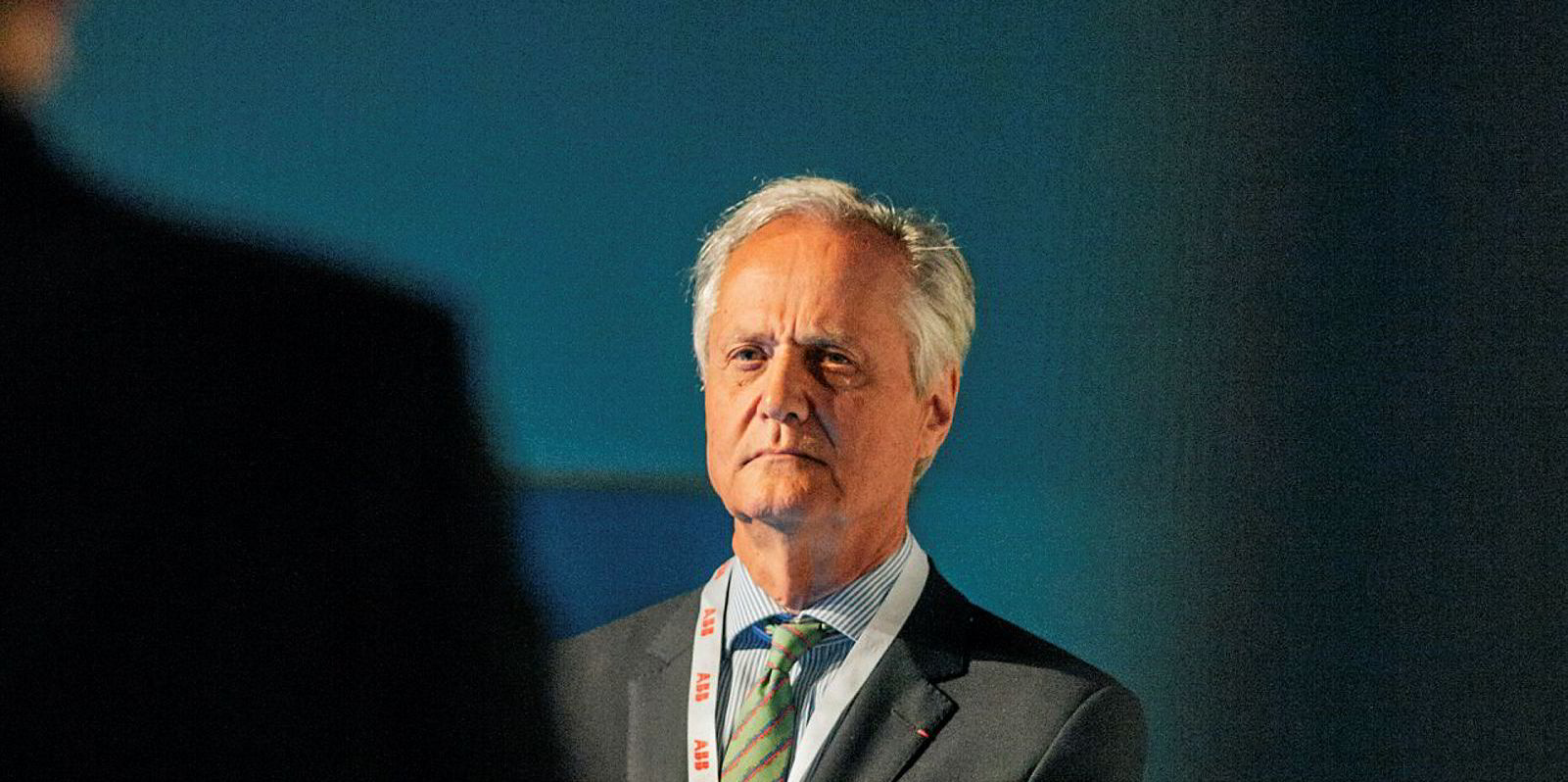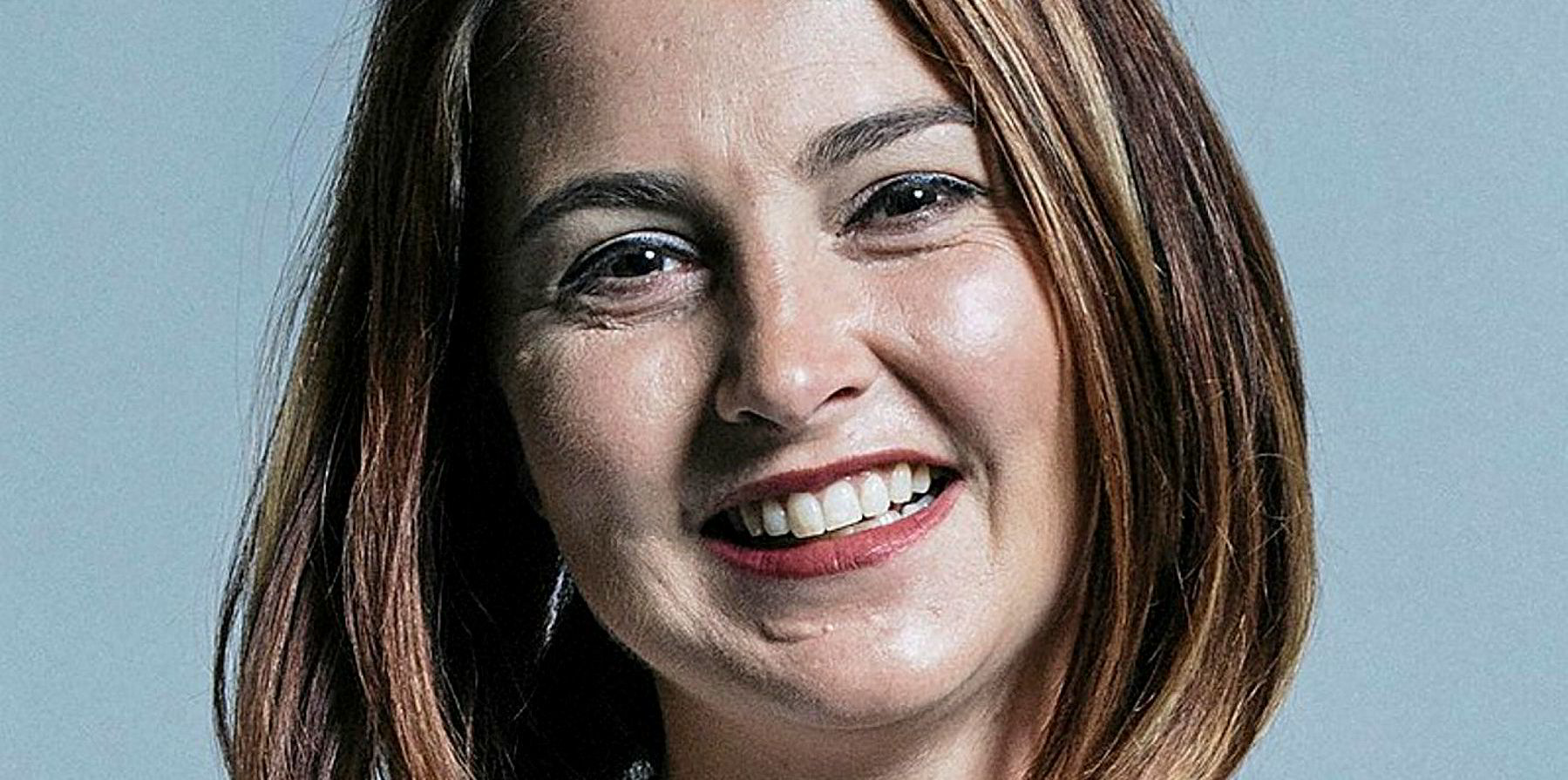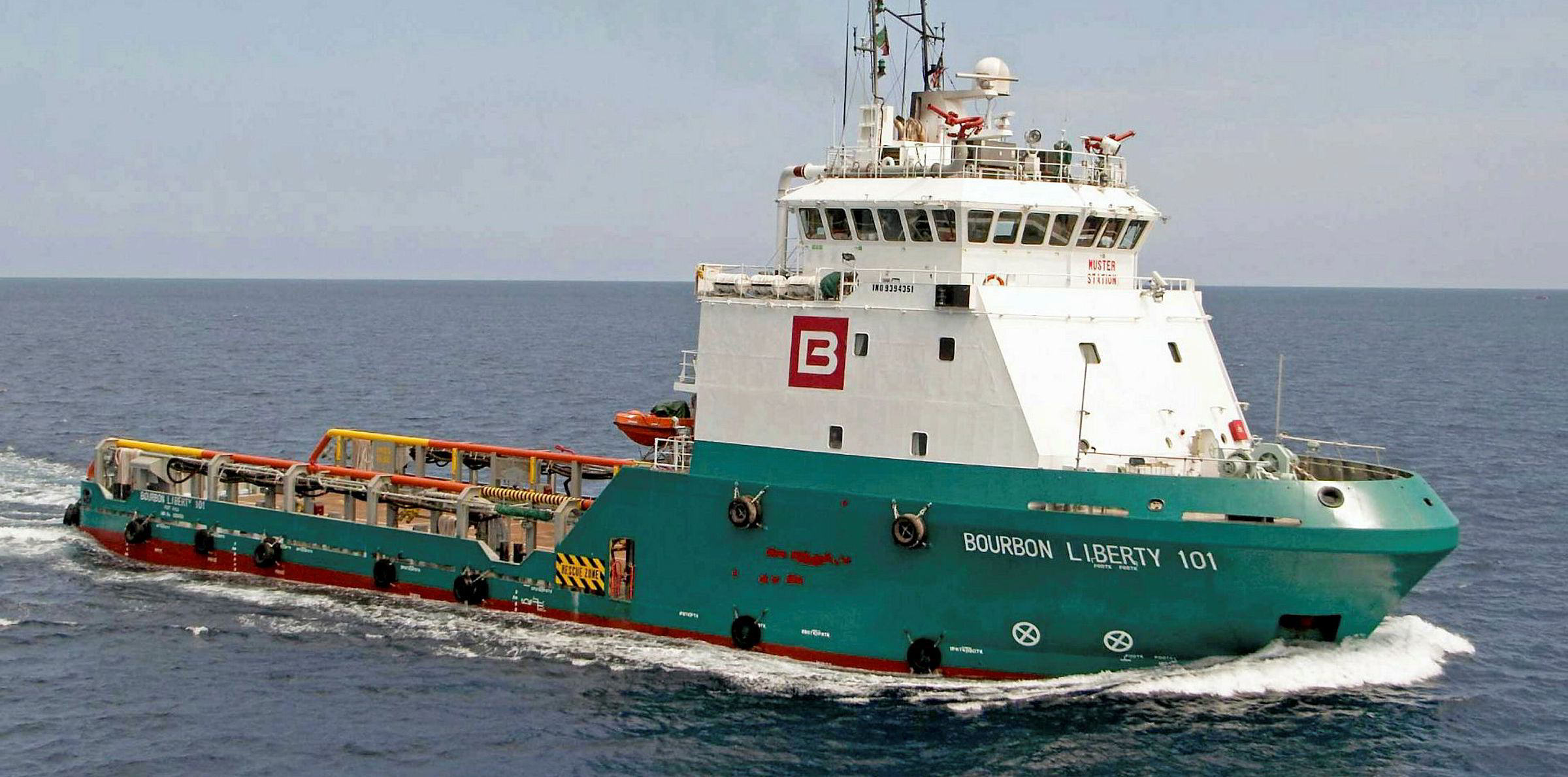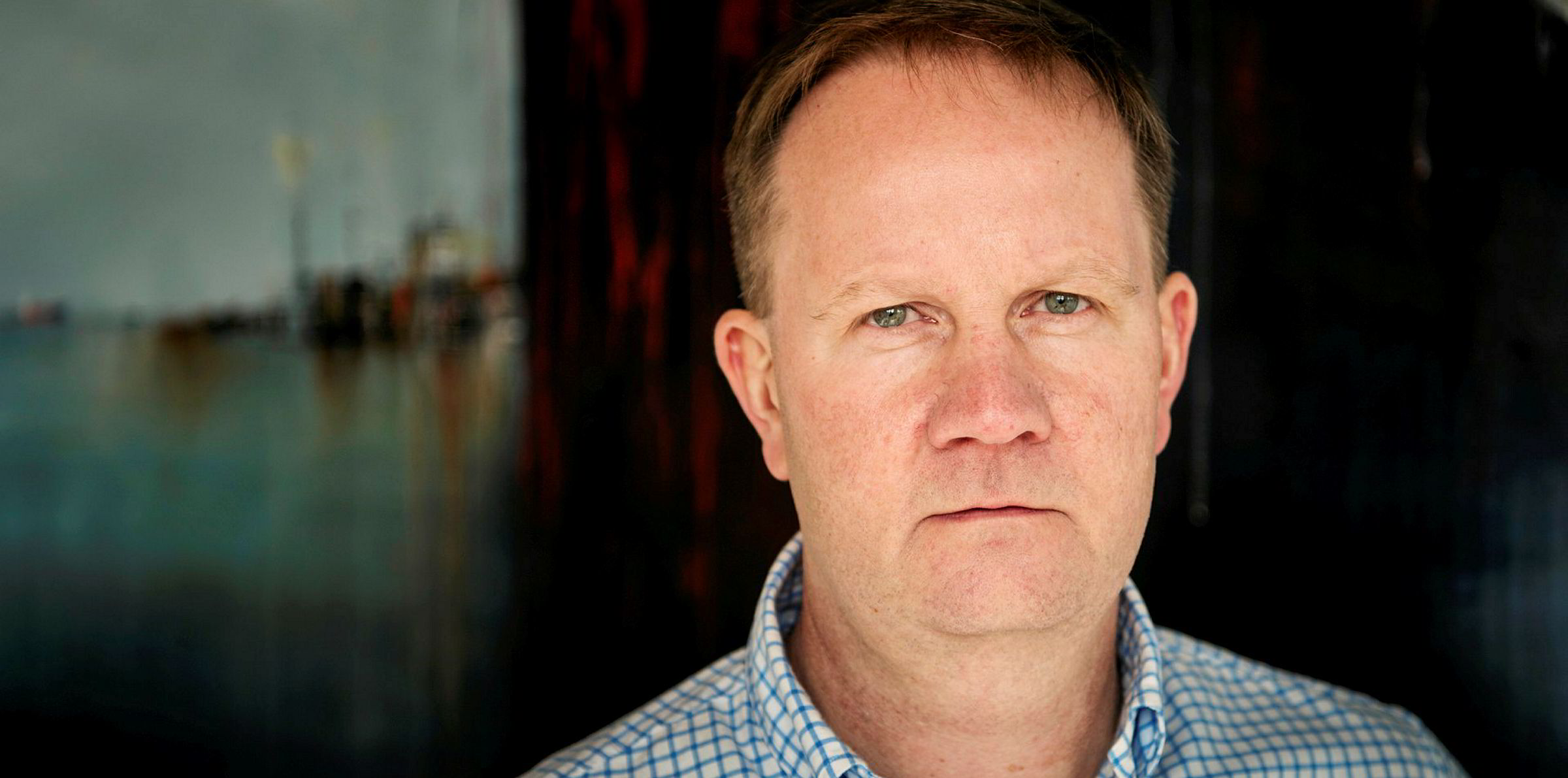North Sea offshore shipping companies should not be expecting the burgeoning offshore wind market to save them from weak oil and gas rates any time soon.
Norwegian shipbroker Seabrokers said October had turned out to be a "rather sobering" month for owners of anchor-handling tug supply (AHTS) ships.
Average day rates increased substantially through August and September, but those heady days left a hangover in their wake, with earnings plummeting again in October, the company added.
The month saw lower activity, particularly in the UK, where very few fixtures were concluded.
The floating rig sector has been hit especially hard by the downturn this year, with just four semi-submersibles on hire in the UK market at the end of October, Seabrokers said.
That compares with 13 on hire at the same point in 2019.
Rates suffered in October
"With such a drastic reduction in rig activity, there has been a corresponding reduction to AHTS demand this year," the broker added.
Day rates hovered around £10,000 ($13,000) to £12,000 per day in the UK market last month, with Norwegian numbers going as low as NOK 55,000 ($5,860) to NOK 80,000.
The last-done level at the end of October was NOK 200,000, however, so the market has picked up again.
"Furthermore, there appears to be a chunk of activity pending over the next few weeks so owners are holding some optimism for a tighter market in November," Seabrokers said.
AHTS owners around the globe have been suffering from a significant oversupply of tonnage for several years, with term utilisation for the global fleet stuck below 50% since the start of 2016.
Norwegian broker Westshore assesses use as 55% this week in the North Sea.
Three of 15 ships were free in Norway, and seven of nine were open for charters in the UK.
A total of 32 AHTSs remain laid up in North Sea ports.
Total and ConocoPhillips were looking for a combined three AHTSs for two rig moves from 5 November.
Bad timing
Seabrokers said: "The events of 2020 could not have come at a worse time for a market that had barely started to recover from the previous downturn."
Norway's Siem Offshore said in its third quarter results that medium and long-term AHTS contracts are almost non-existent.
"With that in mind, owners will be searching far and wide for any sources of incremental demand, and floating wind might be one area where a substantial number of requirements may emerge as the energy transition gathers momentum," Seabrokers added.
"Unfortunately for owners, floating wind is unlikely to be a panacea for their woes any time soon."
UK consultancy Maritime Strategies International (MSI) has said there are likely to be around 180 floating wind turbines installed globally in 2024. That could rise to more than 400 on an annual basis by 2029.
Good news...and bad news
The good news for AHTS owners is that there will be significant vessel demand to pre-lay moorings and tow turbines to wind farms in the second half of the decade.
But the bad news is that activity will be limited prior to 2024, according to Seabrokers.
"Survival of the fittest is still the overriding sentiment for the next few years," the broker added.
Norway's Solstad Offshore has continued to rack up new deals in the renewables and subsea sectors, however.
The Oslo-listed shipowner said it had clinched two contracts totalling around 500 vessel days for 2021.
The 95-loa multipurpose support vessel (MSV) Normand Tonjer (built 2010) has secured a firm contract until November 2021, with options for two more years.
Orsted contract clinched
Solstad has been contacted for further details of this award.
In addition, the 117-loa MSV Normand Jarstein (built 2014) has been awarded a firm four-month deal with Danish renewables giant Orsted to support operations on the Hornsea 2 offshore wind farm.
This charter starts in the third quarter of 2021.
UK shipbroker Clarksons lists the Normand Jarstein as previously idle.
Meanwhile, rival DOF Subsea said it had won a two-year contract extension for the 160-loa MSV Skandi Africa (built 2015).
The new contract, for an unnamed charterer, will start in direct continuation. The ship is currently operating in Indonesia.
DOF Subsea chief executive Mons Aase said: "Skandi Africa is the most sophisticated vessel in our fleet and we are looking forward to continue the journey, delivering successful installation campaigns."








